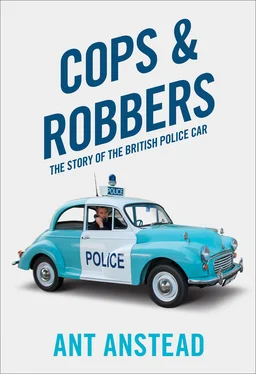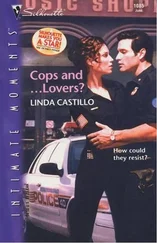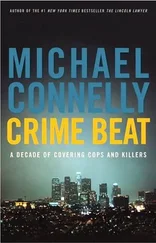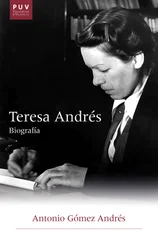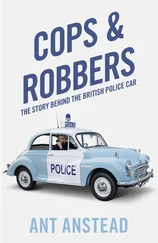The Commissioner’s ideas on the need for a new department were accepted by the Home Secretary, and on 24 May 1919 the department officially came into being, having responsibility for all traffic matters, whether vehicular, aerial or pedestrian. The Commissioner, Sir Nevil Macready, in his annual report for the year, said of its formation that:
‘Owing to the increasing complexity of matters concerning traffic, it has been necessary to form a separate department to deal with this matter. The traffic advisers are in close touch with the Ministry of Transport and are thereby enabled to issue and co-ordinate suggestions. There is no doubt that the congestion of the traffic in the Metropolis is, to a great extent, due to existing thoroughfares being out of date and unadapted, either to the volume or the nature of the present traffic conditions. Another factor is the length of time taken to repair streets and roads, no attempt being made to work at night, with the result that traffic becomes hopelessly congested in main thoroughfares for a period which could probably be very considerably curtailed if more up to date ideas prevailed.’
And it appears that almost a century later nothing much has changed!
Traffic policing was born and the new department was to be responsible to the Assistant Commissioner ‘B’, Mr Frank Elliott, and came under the immediate control of Mr Suffield Mylius, a civil staff member, and Superintendent Arthur Bassom, who was in charge of the Public Carriage Office, both men carrying the new title of ‘Traffic Advisor’.
Arthur Ernest Bassom OBE KPM (14 June 1865–17 January 1926), Director of Traffic Services
Bassom was, in many ways, the father of UK motorised traffic control; he thought far ahead of most of his contemporaries and was famed for his incredible memory and encyclopaedic knowledge of all aspects of the motorisation of society. Police Commissioner Sir Nevil Macready admitted publicly at the time that Bassom was the one man in the Metropolitan Police who was indispensable! When he reached the retirement age of 60 (for officers below the rank of Chief Officer), in 1925, he was promoted to Chief Constable and given the title of Director of Traffic Services in order to retain him. He died the following year, still in harness. He was also awarded the Road Transport (Passenger) Gold Medal by the Institute of Transport, just two months before he died. As a mark of respect, it was decided not to fill his position after his death and his duties were absorbed by Assistant Commissioner ‘B’, Frank Elliott.
Bassom joined the Royal Marine Artillery as a gunner at 17 and passed his gunnery examinations with flying colours, which meant he was therefore almost certain of promotion. However, in 1886, just before his twenty-first birthday (the minimum age at which he could be promoted), he joined the Metropolitan Police as a constable. He was posted to ‘D’ Division (Marylebone), and the following year was transferred to the Public Carriage Office at Scotland Yard, where he spent the rest of his career. In 1901 he was appointed Chief Inspector and given charge of the branch just at the time when it was being forced to regulate motor vehicles.
He had a detailed knowledge of motor mechanics and engineering, having qualified in the subject at Regent Street Polytechnic, and kept pace with developments in this area. He produced the Police Regulations for the Construction and Licensing of Hackney (Motor) Carriages, 1906 (The Conditions of Fitness for Motor Hackney Carriages). This included the requirement for a 25-ft turning circle, something that immediately influenced the design of London cabs, and still does, and has had echoes worldwide as well. In 1906 he was promoted to Superintendent on merit. He visited nearly every town in the United Kingdom and many in Europe to observe their traffic problems and learn from their errors, without being too proud to learn from their successes. He framed ‘The Knowledge’, the test undertaken by all London taxi drivers, and devised the Bassom Scheme of London bus route numbers.
He was awarded the King’s Police Medal (KPM) in 1919 and appointed Officer of the Order of the British Empire (OBE) in the 1920 civilian war honours list.
I’d like to have met Arthur Bassom. His obituary in the Commercial Motor contained this paragraph, which rather amused me:
‘ As a matter of fact, however, he was in nearly every instance able to give better advice than he received. One of his attributes was imperturbability, and he always had the courage of his convictions. He will be sadly missed by the Commissioner of Police, the Assistant Commissioner, Mr Frank Elliott, with whom he came into daily personal contact, and his associates at the Yard.’
You could argue that he was one of the most important men in British history; his theories and actions certainly affected everyone’s life, hugely, and still do today, although very few have heard of him.
Amazingly, as the war commenced, the Met’s records show they still only had two cars – the 1903 10hp Wolseley wagonettes – so at least we can be sure the taxpayer received value from these vehicles, which did at least 11 years’ service! However, the police did have a number of commercial vehicles and forces around the country that subscribed to this principle, with commercials being used to carry messages and equipment and one or two senior officers having cars, although the records of different forces are harder to pin down and some have even been lost. This is why the Met is discussed so much when talking about this early period, and also the Met’s policing of the nation’s capital tended to create policy that other forces followed in this era to a greater or lesser extent. It’s interesting to note that in 1919 the Met actually started to keep a record of its vehicle fleet as a separate entity, acknowledging, at least clerically, that this was going to be a significant part of policing in the 1920s. Following the established principle, the first car purchased in 1919 was a Vauxhall Tourer for the use of senior officers. This model had been a popular military staff car during the war and had an established record of reliable service. It’s worth noting that Vauxhall, in this period, some six years before GM bought them, were known as makers of high-quality, superbly engineered sporting and large luxury cars. GM sent the company in a different, more volume-led, direction.
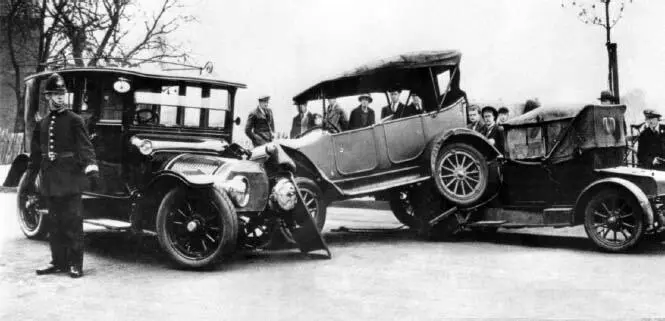
By the time the traffic department was created in late 1919 they inherited a fleet of 35 vehicles together with workshop facilities for their servicing and repair, which consisted of:
• 1 Vauxhall Cabriolet, for the Commissioner.
• 1 Vauxhall Tourer, for Assistant Commissioner ‘A’.
• 1 Austin 15hp Landaulet, for Assistant Commissioner ‘B’.
• 1 Austin 15hp Landaulet, for the Receiver.
• 1 Siddeley 14hp Tourer, for Superintendent B.3.
• 4 two-seater Humbers, for District Chief Constables.
• 11 two-seater Fords, for Superintendents on outer divisions only.
• 5 Ford vans and 4 Warwick tricars as despatch vans.
• 2 Austins and 1 Arrol-Johnston as ambulances.
• 1 Austin 15hp Landaulet, 1 Renault 11·٣hp and 1 Crossley 20hp Open Tourer, to be used as needed.
On 21 February 1920, The Autocar reported that ‘the London Police are to be provided with motor cars for controlling traffic, the object being to speed up traffic generally and the confining of slow-moving vehicles to the kerb’, where one has to wonder if in London’s narrow streets they would get in the way and create bottlenecks … That statement, though, is important because it’s the first example I’ve seen of the essential dichotomy of traffic policing in the UK. The police have a dual role, to keep traffic flowing and to ensure the safety of all, whether they be pedestrians or motorists. That statement, which was printed in the magazine but obviously comes from a government announcement, shows that commerce and the free movement of the population were still, at this point, being thought of as the pre-eminent problems, and that accidents were just a sad but inevitable consequence. The opposite is, correctly, very much the case today.
Читать дальше
